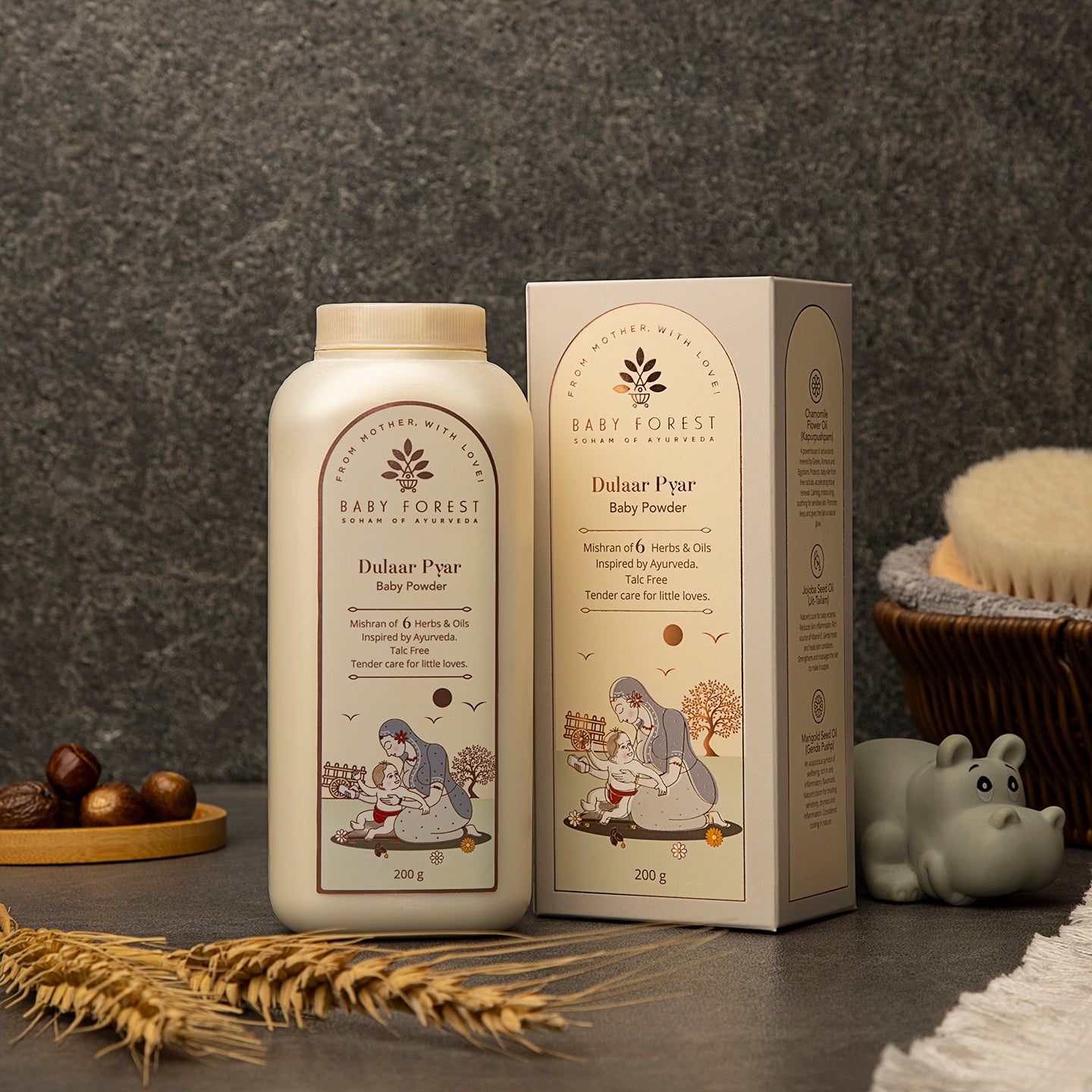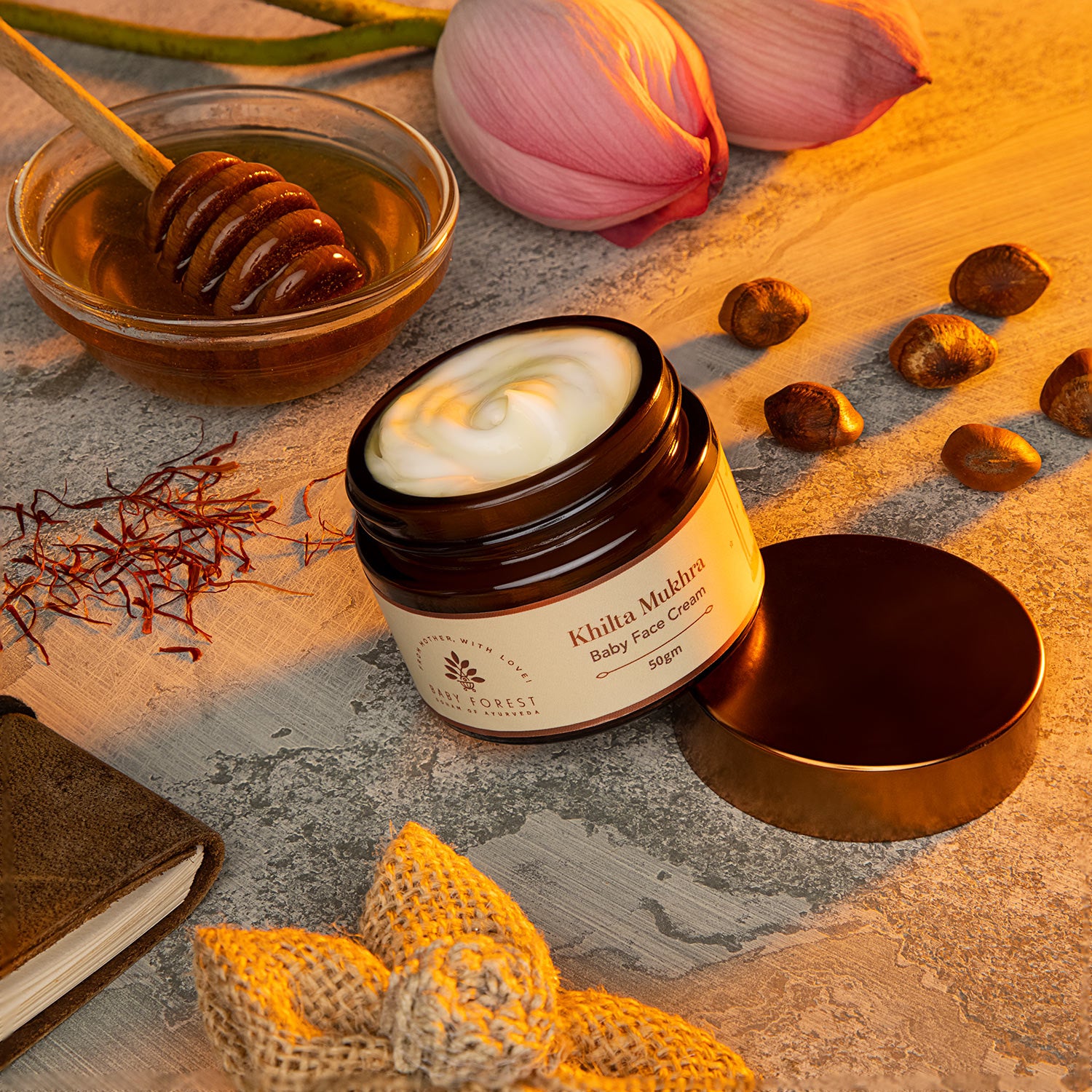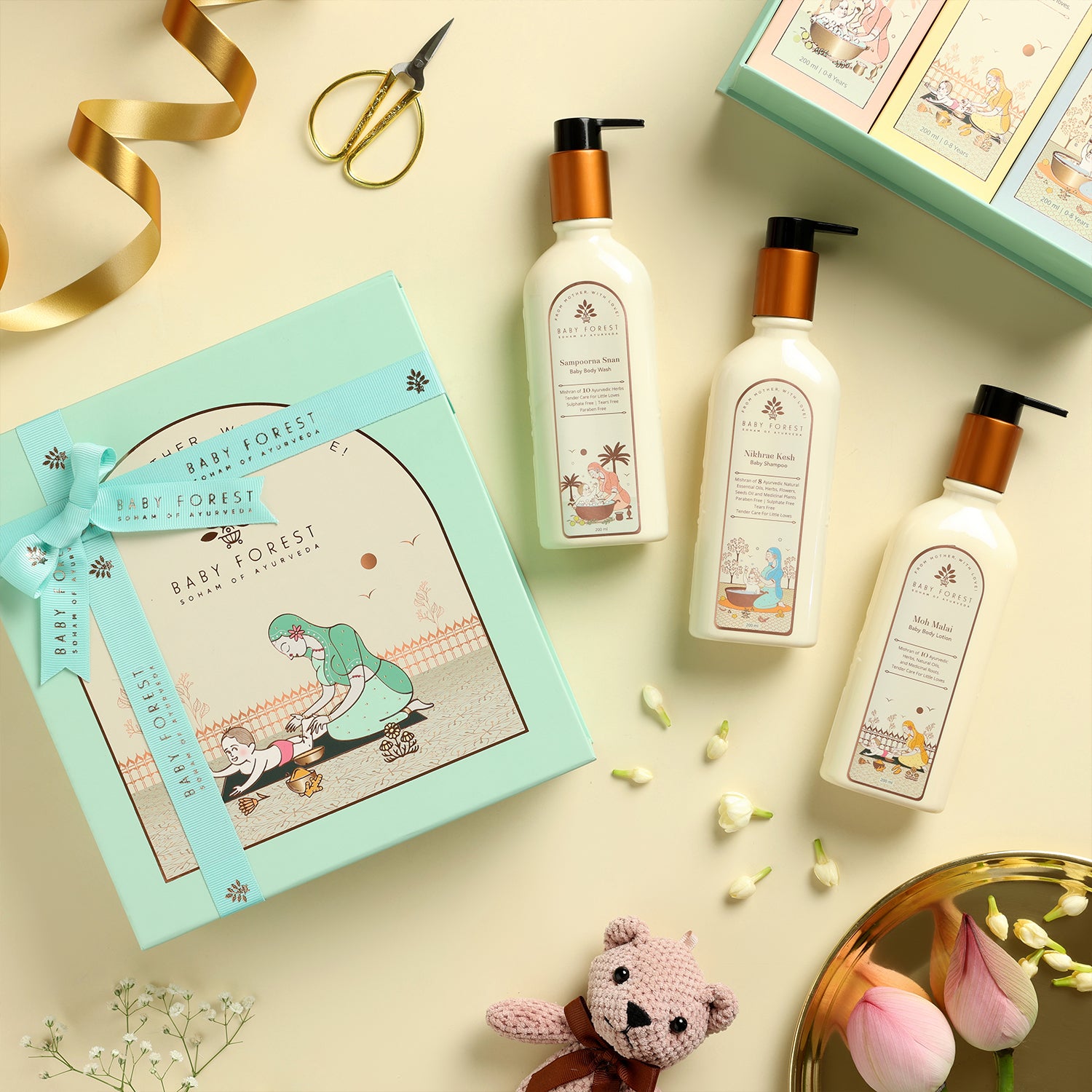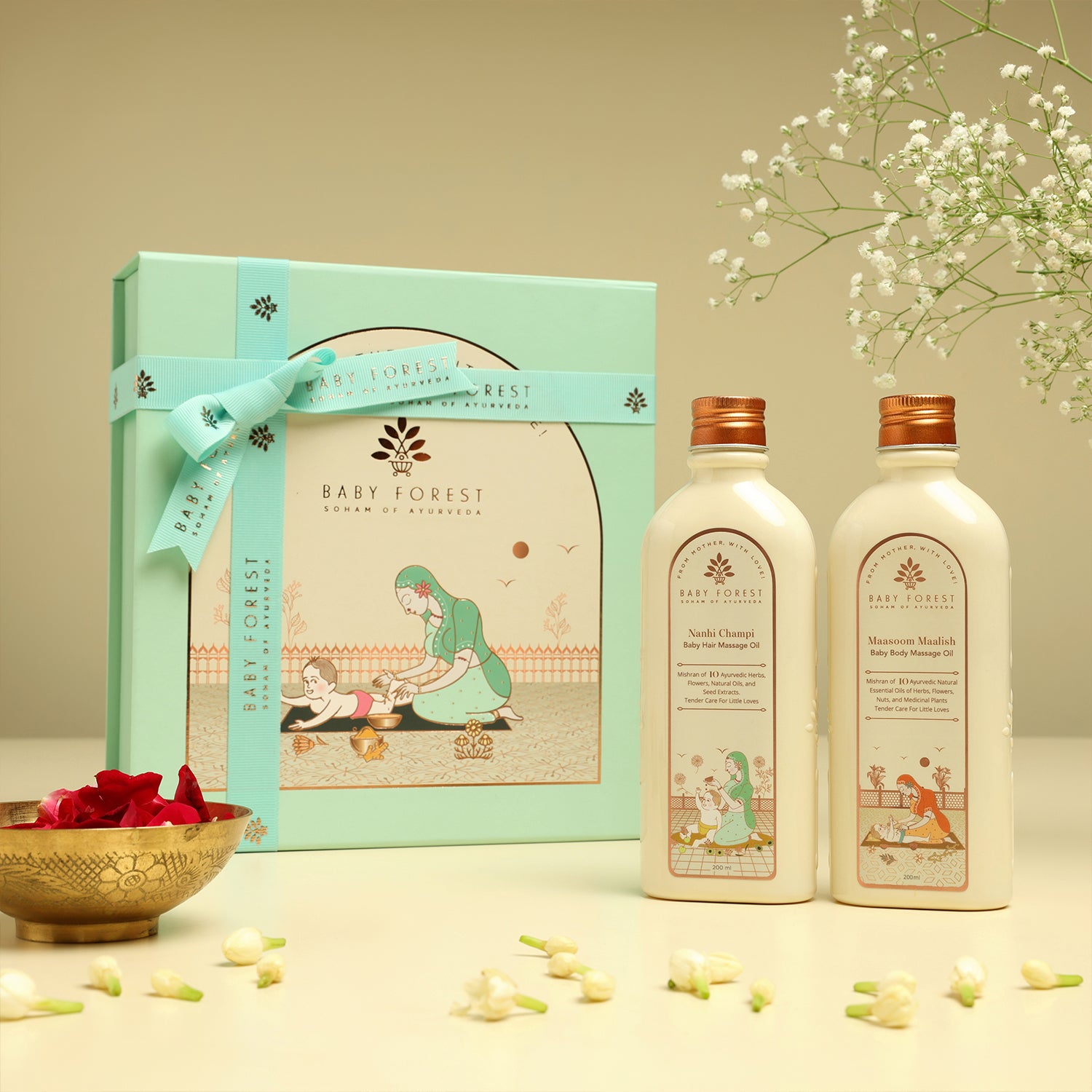
Baby Skin Care for a Merry Winter


Rs. 1,890.00

Rs. 695.00

Rs. 895.00

Rs. 785.00

Rs. 1,845.00

Rs. 1,740.00

Rs. 2,340.00
Baby proofing is one of the first and most important steps you’ll take when preparing your home for a child. As soon as babies start crawling, everything within their reach becomes a new point of curiosity and potential danger. Sharp corners, open shelves, exposed cords, and slippery floors all become risks that once seemed harmless. Suddenly, the same home that once felt calm and well-designed now needs simple adjustments. But here’s the good news: making your home safe doesn’t mean it has to lose its style.
Many people imagine baby proofing as covering every surface with foam or filling rooms with plastic barriers. While those things have their place, they’re not the only options. Today, there are simple, thoughtful ways to make your home safer without turning it into something unrecognizable. With a few smart choices and some careful planning, you can protect your child while keeping your space clean, modern, and comfortable.
Babies explore without warning. One moment they’re sitting still, and the next they’re crawling toward an electrical outlet. Baby-proofing isn’t something to wait on; it's best done before your child starts moving around. The average home, though safe for adults, contains several hidden dangers for babies, such as cleaning products stored too low, furniture that can tip, drawers filled with sharp items, or open stairways that aren’t blocked.
Most household accidents involving babies happen during normal, everyday moments. Taking the time to set up a safer space early on can prevent these incidents. Baby-proofing doesn’t need to be extreme. It just needs to be smart, focused, and done with care.
Read Also: Baby Milestones and Development of a 9-Month-Old
There are both obvious and subtle threats in the living room. Coffee tables, especially those with glass tops or metal corners, are rarely designed with mobility-stage children in mind. Remote controls left within reach are more than just distractions; the battery compartments often slide open too easily. Lighting that stands freely on the floor, even with a broad base, can still tip. The solution not about covering up the danger, but in reworking the space to remove the danger completely. Rounded-edge furniture with a low profile changes both the silhouette and the risk factor. Rugs should not only match the aesthetic but also create a secure grip. Wall-mounted shelving, positioned above climbing height, is better than freestanding units. Decorative baskets should be fabric-lined, avoiding materials like rattan or wire that fray or pinch.
In the kitchen, baby proofing doesn’t mean locking every single drawer or cabinet. It’s more about focusing on areas that pose real risks, like those that store sharp tools, cleaning products, or breakable glassware. Internal magnetic latches are a good choice here because they stay hidden and don’t change the look of your cabinets. Some baby proofing tools, like stove knob covers, now come in neutral or matte finishes that blend well with modern kitchen setups. Seating is another area to think about. If you’re using metal stools with sharp edges or pointed legs, consider replacing them with wooden or curved plastic options. A small step stool, made from natural wood or designed to match your flooring, can also be introduced early on. It helps your child get involved safely during food prep later, and it doesn’t need to be hidden away.
All furniture, no matter how big or small, should be fixed to the wall so it can’t tip over. It’s easy to overlook safety in spaces that feel familiar, like bedrooms, but they still carry risks. Drawers can be tempting for babies to climb, especially if left open. Wall sconces replace floor lamps without compromising lighting. Cribs must be positioned away from curtain cords, framed art, and especially windows. Safety is not always about adding new items; sometimes it's about subtracting or repositioning existing ones.
The bathroom needs careful baby proofing because it includes slippery surfaces and items that are easy to grab. The floor should have grip and anti-slip mats that can provide safety without standing out. These days, you don’t have to settle for mats with bright colours or cartoon prints; options in calm tones like sand, grey, or slate are widely available. Bath spouts should be covered to prevent injury, and soft silicone covers can be chosen in colours that match the rest of your fittings. Locks under the sink are important to keep harmful products out of reach, but they don’t need to be bulky or visible It also helps to clear out unnecessary items altogether. Things like razors, shampoo bottles, and soaps are best stored out of reach or removed entirely if not used daily.
Many safety changes can be made simply by choosing better furniture and accessories. A glass coffee table, for example, can be swapped for a soft ottoman that serves the same purpose with fewer risks. Instead of open toy boxes, storage benches with soft-close lids work better and look more polished. Blinds with long cords can be replaced with cordless ones that are both safer and more modern in appearance. Even baby monitors have become more design-friendly, with minimal styles and neutral colours that blend into the space instead of standing out. By choosing safer versions of everyday items, you don’t need to add extra safety gear that feels out of place.
Some of the best design choices can also double as safety tools. A few large floor cushions can be placed around the room not just for lounging but to soften any falls. Wall-mounted bookshelves can be arranged in simple patterns to keep items high and away from tiny hands. Rugs with under-padding not only protect your child from slipping but also add warmth to the room. Painted wooden crates can serve as both toy storage and makeshift side tables, depending on how they’re styled. Plants, too, can stay in the room as long as they’re placed in hanging pots or on high shelves that are out of reach.
Fewer objects mean fewer risks. Items that can be grabbed, pulled, knocked over, or mouthed all increase the chances of accidents. Baby proofing benefits from minimalism, not because it looks good, but because it reduces interaction points. Decorative corners filled with furniture, frames, or soft clutter create unnecessary complexity. It’s not about removing everything, it’s about choosing what stays. A single large artwork, if needed, serves better than several smaller pieces. Toys, if present, should be contained to neutral in tone, not for aesthetic reasons, but because distraction is reduced. Surfaces should be cleared except for what’s used regularly. The result is not sterile. It’s less noise. Less conflict between function and form.
You don't have to buy everything pre-made. Some of the most functional baby proofing ideas come from simple, intentional tweaks. The goal isn't to cut corners to round them out in a way that still feels considered.

There's a way to make a home safe without stripping it of personality. Baby proofing isn't a war on design; it's about adjusting what matters most. What's visually pleasing and what's functionally protective don't have to stand on opposite ends. It's possible to build something in between an intentional space, shaped by care and taste in equal measure. Not every solution is obvious. Not every risk is visible. But a quiet kind of safety, one that blends in instead of sticking out, is still safety.

